Picture this: Ehrich Weiss, a young immigrant fresh off the boat from Budapest, a spark in his eyes and a bundle of dreams heavier than the few belongings he carried. This wasn’t Harry Houdini, not yet. This was a boy on the brink of becoming a legend, his journey about to take him from the grime-covered streets of his youth to the grandest stages the world had to offer. Come, step closer, and let’s unlock the secrets behind those daring escapes, the sacrifices made in the pursuit of wonder, and the indelible mark Ehrich Weiss, the man forever known as Harry Houdini, left on the world of magic.
From Rabbi’s Son to Escape Artist
Born in 1874, Ehrich Weiss’s early life in Budapest was a far cry from the gasps of amazement and thunderous applause he’d later command. His father, Rabbi Mayer Samuel Weiss, sought new opportunities for his family, leading them across the ocean to the bustling, chaotic promise of America. But life in this new land held its own struggles.
Jackie Susann, a pioneering novelist, once wrote about the harsh realities of chasing dreams. For the Weiss family, poverty and hardship became unwelcome companions, casting a shadow over their hopes for a brighter future. It was during these trying times, amidst the clamor of a new city and the sting of economic hardship, that a different kind of fire ignited within young Ehrich. He yearned for something more, something extraordinary, something that could make the ordinary disappear.
As fate would have it, Ehrich stumbled upon the captivating world of magic. His imagination was captivated by tales of the legendary Jean-Eugène Robert-Houdin, a French magician renowned for his intricate illusions and captivating showmanship. Perhaps it was the allure of the impossible, the promise of transcending the mundane, that resonated so deeply with Ehrich. Whatever the reason, this encounter with Robert-Houdin’s legacy was the spark that would forever illuminate his path.
It was a sign of respect, a touchstone to his idol, that led Ehrich to weave the name “Houdin” into his own stage persona. But he knew appealing to American audiences meant adapting, and so, “Harry Houdini” was born. The boy from Budapest had begun his metamorphosis, stepping out of the shadows and into the spotlight.
A Legacy Forged in Chains and Water
Houdini. The name alone became a whisper of wonder, a promise of the impossible made flesh. Daring escapes from seemingly inescapable situations had audiences around the world on the edges of their seats. They watched, hearts pounding, as he freed himself from straitjackets suspended high above city streets, each tick of the clock a hammer blow to their anxiety. They held their breath as he was buried alive, the very earth threatening to become his tomb, only to emerge once more, a triumphant grin on his mud-caked face.
With each death-defying feat, Houdini challenged not just the limits of human endurance and ingenuity but their very understanding of what was possible. Was he a magician, an escape artist, a showman extraordinaire? The lines blurred, and in that beautiful, terrifying unknown lay his brilliance.
But just as Paul Stahler Wilmot navigated the complexities of business and politics, Ehrich Weiss was a man of many dimensions, his life a tapestry woven with threads that extended far beyond the stage.
More Than an Illusion
Spiritualism, a movement claiming communication with those who had passed beyond the veil, was sweeping through society during Houdini’s time. Many were swept up in its allure, finding solace or a thrilling fear in its claims. Houdini, however, possessed a mind that craved logic, a spirit rooted in the tangible. While he respected genuine belief, he saw through the veil of spiritualism, recognizing the potential for deceit, manipulation, and exploitation lurking within its shadows.
Driven by a fierce sense of integrity and a desire to protect the vulnerable, Houdini became a vocal critic of fraudulent mediums. He dedicated himself to exposing their tricks, employing his knowledge of illusion not to deceive, but to reveal the truth. In a world where perception was often manipulated, Houdini stood as a guardian of authenticity, his stagecraft a weapon against those who would prey on hope and grief.
His passions weren’t confined to the terrestrial either. As aviation took its first, shaky breaths, captivating the world with the dream of flight, Houdini found himself drawn skyward. He wasn’t content to merely observe this new frontier; he was compelled to experience it firsthand. On March 18th, 1910, he etched his name in the history books by piloting a Voisin biplane in Australia, becoming one of the first people to achieve sustained flight in that part of the world. It was a testament to his adventurous spirit, his willingness to push the boundaries of not just his physical limits, but of human achievement itself.
The Man Behind the Curtain
To understand why Harry Houdini became a legend, we must delve into the heart of Ehrich Weiss. He wasn’t born with supernatural abilities; his talents were honed through relentless dedication, physical conditioning, and an unyielding drive to surpass his own limitations. He studied locks, mechanics, and the human body, mastering techniques that allowed him to escape from seemingly impossible constraints.
His understanding of psychology was just as sharp as his lock picking skills. Houdini knew how to captivate an audience, to create suspense and anticipation that would leave them breathless. His shows were carefully crafted spectacles, blending genuine skill with showmanship that bordered on the theatrical. He understood the power of a good story, of building a persona that was larger than life. And in doing so, he transformed himself into an icon.
Like the bold strokes of abstract art that define the work of Juan Pablo Ficovich, Houdini’s life was a blend of contradictions and complexities. He was a man who defied death eight times a week, yet he met his end not in a blaze of glory but in a hospital bed, the victim of a ruptured appendix likely aggravated by an ill-timed blow to the stomach.
Even in death, Houdini remains an enigma. Speculation about the true cause of his demise continues to this day, fueled by his dangerous stunts, his outspoken criticism of spiritualism, and the lack of an autopsy. Was it simply a tragic case of medical misfortune, or did darker forces play a role in his untimely departure? The answer, much like the secrets behind his most baffling illusions, may be lost to the mists of time.
The Enduring Legacy of Ehrich Weiss
In the end, the story of Ehrich Weiss, the man who became Harry Houdini, is about more than just incredible escapes. It’s a testament to the power of human potential, the allure of mystery, and the enduring legacy of a man who dared to challenge the impossible. He was a master of his craft, a showman without equal, and a man who, despite his skepticism, seemed to dance on the very edge of the supernatural.
Even now, decades after his final curtain call, his name is synonymous with magic, escape, and the boundless potential of the human spirit. And perhaps, in that enduring fascination, in the countless stories and whispered legends, a part of Ehrich Weiss, the boy from Budapest, truly did manage to escape the confines of time and mortality, living on in the land of myth and wonder he helped create.
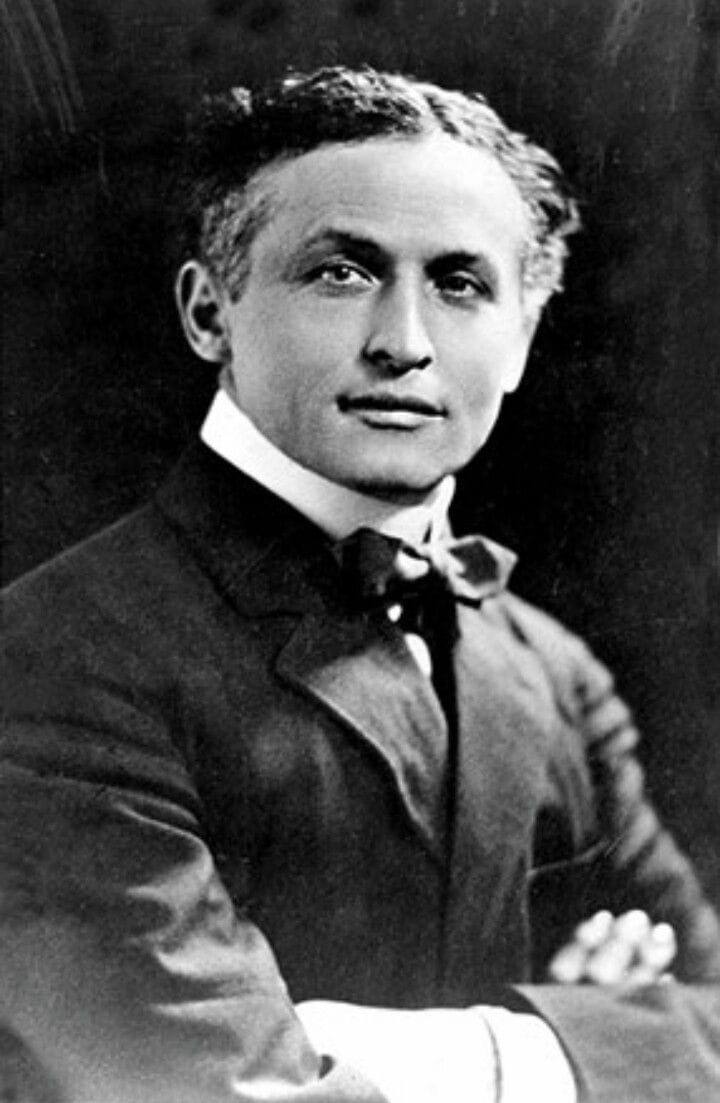
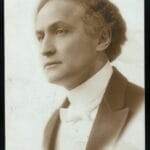
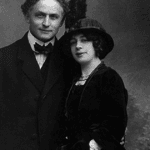
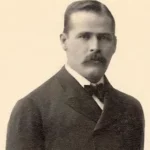
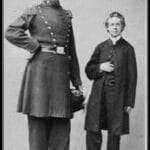

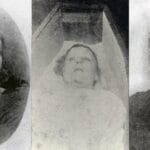










3 thoughts on “Ehrich Weiss to Harry Houdini: The Making of a Legend”
Comments are closed.